Climate change: fossil fuel burning will become a thing of the past for new homes.
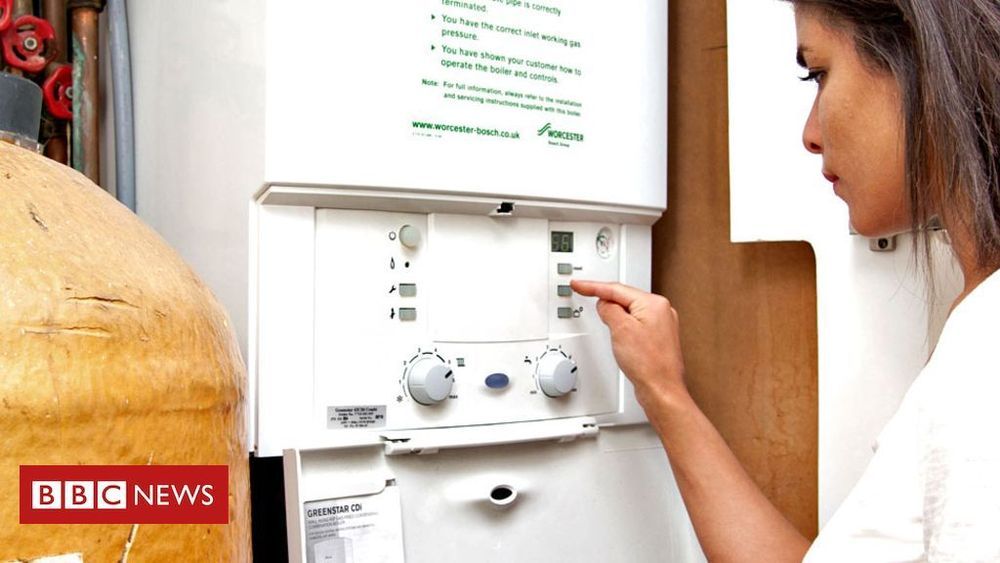

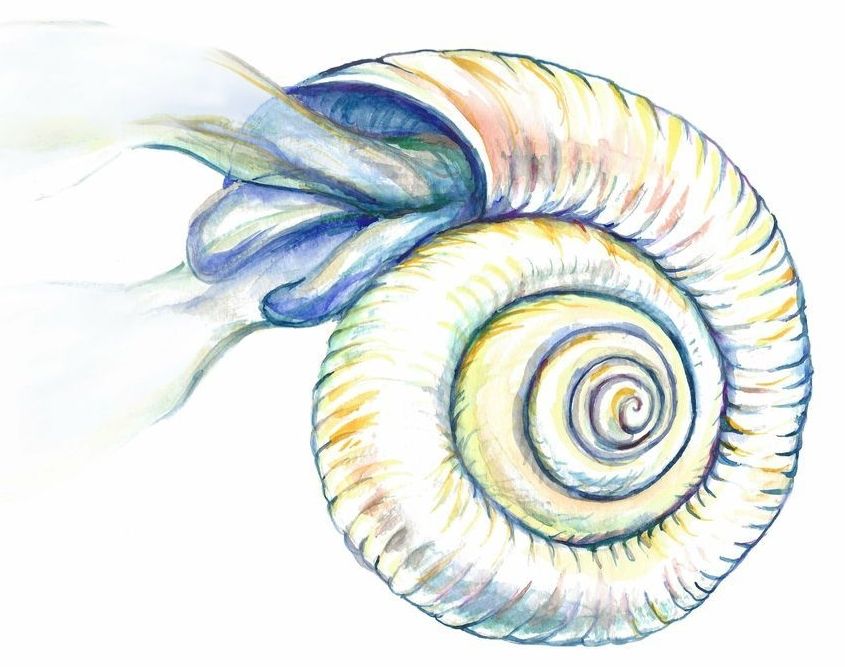
Marine microorganisms in the Southern Ocean may find themselves in a deadly vise grip by century’s end as ocean acidification creates a shallower horizon for life, new University of Colorado Boulder research finds.
The modeling study, published today in the journal Nature Climate Change, forecasts that at current carbon dioxide emission rates, the depth at which some shelled organisms can survive will shrink from an average of 1,000 meters today to just 83 meters by the year 2100, a drastic reduction in viable habitat.
The steep drop, which could happen suddenly over a period as short as one year in localized areas, could impact marine food webs significantly and lead to cascading changes across ocean ecosystems, including disruptions of vital global fisheries.

Floor-to-ceiling bookshelves are lovely, and can act as a robust focal point in any home, though accessing the high shelves can be a problem. The common sidekick has always been ladders which can also add character and charm, but for smaller homes like in Japan they can be a nuisance, occupying too much space for not enough usage. Japanese architect Shinsuke Fujii came up with a simple, yet brilliant solution that solves another problem too: earthquake safety.
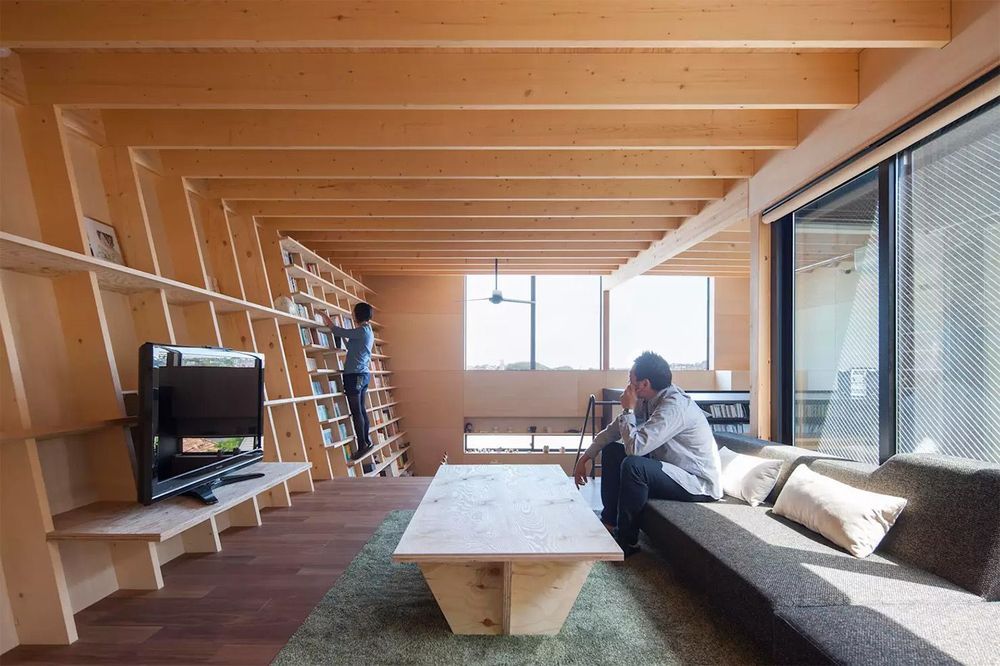
The “House in Shinyoshida,” as it’s called, named for the neighborhood in Yokohama where it stands, was conceived shortly after the 2011 Tohoku Earthquake. The client, who happened to be an avid book lover, approached Fujii with the task to design a home around a large bookshelf that’s both easily accessible but also one that won’t spill all the books if there’s ever a tremor.
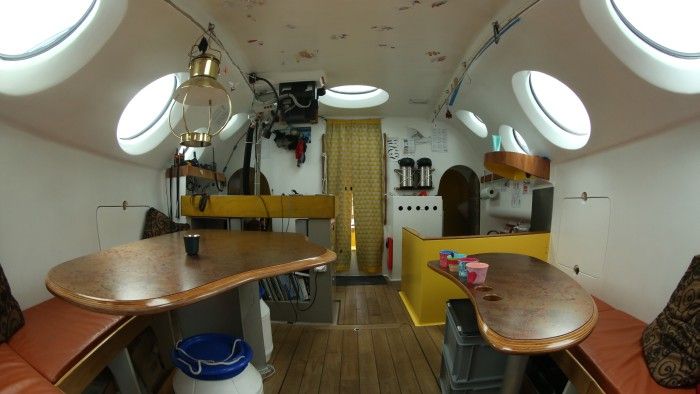
Abstract
The aim of the passive igloo project is to explore the possibilities of creating an ecological and self-sufficient habitat by using sound constructive measures and renewable energy resources to guarantee thermal comfort in the most severe cold climates.
The passive igloo is a self-sufficient housing module built into a polar exploration sailboat to accommodate a crew of 2 to 6 people in conditions of severe cold to live and work. In order to test the passive igloo, the boat was voluntarily trapped in the ice in North West Greenland during the winter of 2015–2016 and monitored during the 10 months of ‘stationary navigation’.
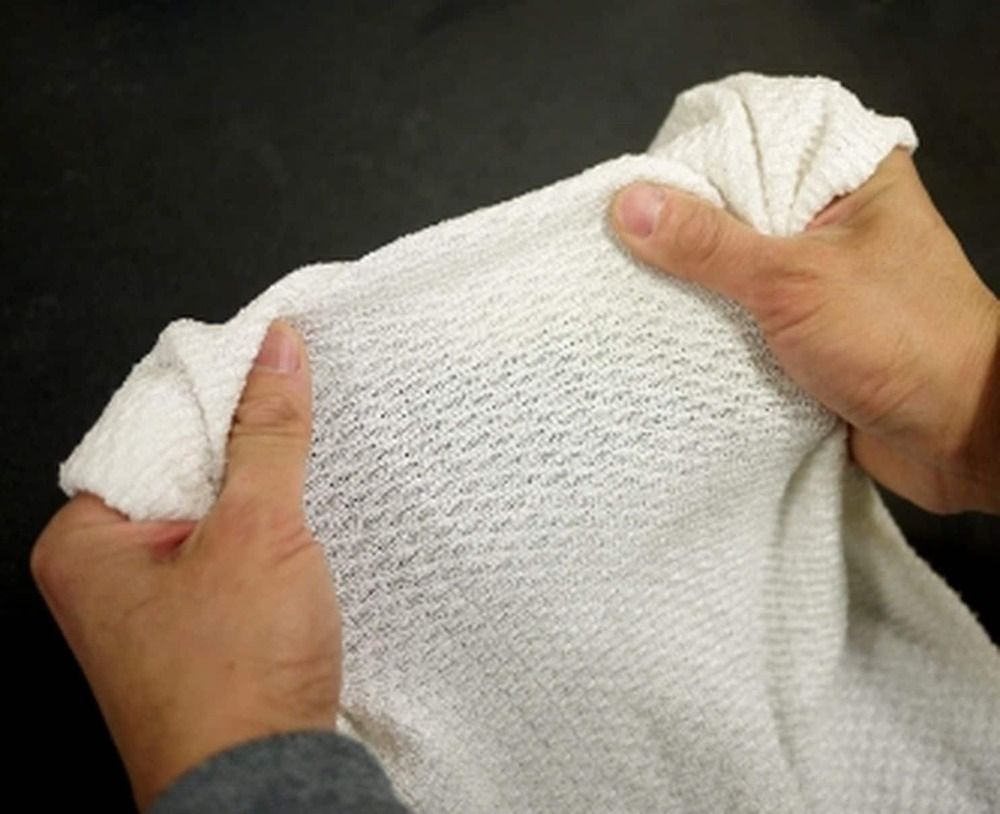
If you’re sweating on a hot summer day, for example, the fabric allows heat to escape. But when the outside temperature is cooler and the air drier, and your body gets cooler, the fabric becomes more compact, retaining heat from the wearer’s body, researchers say. The researcher’s paper, “Dynamic gating of infrared radiation in a textile,” was published in the journal Science.
If you work in a large office building, there’s a decent chance you tailor your attire to two separate weather forecasts.
There’s the outdoor weather, an evolving state of dynamic atmospheric conditions dictated by seasonal patterns. Then there’s the indoor weather, an evolving state of arbitrary conditions dictated by an all-powerful being known as the building manager, an individual whose atmospheric whims unleash equal amounts of cursing and praise.
While you luxuriate in a cold blast of air conditioning on a hot summer day, your co-worker bundles under a fleece blanket, shivering and miserable.
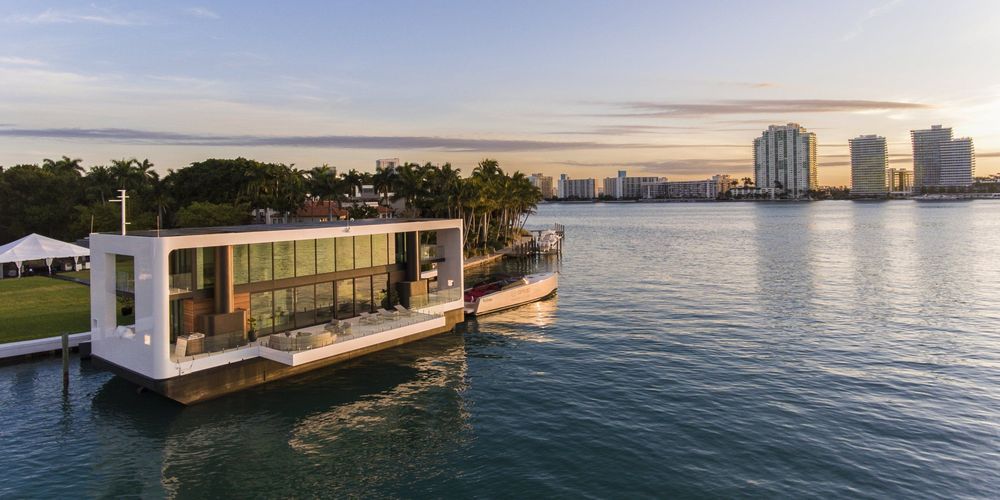
When the housing startup Arkup revealed its plan to build a floating, hurricane-proof yacht in 2017, South Florida had just witnessed the devastating effects of Hurricane Irma, a Category 4 storm that destroyed hundreds of residences.
The company’s models were designed to weather a storm of that magnitude, but it would be another two years before they became a reality.

There’s a four-bedroom Edinburgh unit with “original wood floors,” listed by Christine. And there’s a two-bathroom apartment in Gainesville with a double sofa bed and open kitchen plan, listed by Michel. A “beautiful apartment” in Berlin has a “floral feeling.” A three-bedroom in Rome includes “utilities and toiletries.”
There’s just one problem with these Airbnb listings: they don’t exist.

Building a culture of quality and integrity requires conversations across the scientific enterprise. Science is a complex ecosystem of funders, journals, academic administrators, scientific societies and researchers — the latter group including principal investigators, staff scientists, postdocs and graduate students. The interests of each group conflict as often as they overlap, and interactions tend to be stratified and constrained. Institutional presidents sit on working groups with each other but not with research-integrity officers. These officers attend conferences with each other, but not with faculty advisers and bench scientists. Journal editors meet scientists and other editors, but not institutional officers, on whom they rely for investigation when concerns about manuscripts arise.
Research needs an authoritative forum to hash out collective problems, argue C. K. Gunsalus, Marcia K. McNutt and colleagues. Research needs an authoritative forum to hash out collective problems, argue C. K. Gunsalus, Marcia K. McNutt and colleagues.
Space architecture startup AI SpaceFactory achieved second place in the latest phase of a NASA-led competition, pitting several groups against each other in pursuit of designing a 3D-printed Mars habitat and physically demonstrating some of the technologies needed to build them.
With a focus on ease of scalable 3D-printing and inhabitants’ quality of life, as well as the use of modular imported goods like windows and airlocks, MARSHA lends itself impeccably well to SpaceX’s goal of developing a sustainable human presence on Mars as quickly, safely, and affordably as possible with the support of its Starship/Super Heavy launch vehicle.

In contrast, 3D-printed clothes can simply be dumped into blenderlike machines that turn the plastics into powder that can then be used to print out something new. And since 3D printing easily allows for custom sizing, the process is inherently frugal with materials.
But there are plenty of challenges that must be overcome before 3D-printed apparel goes mainstream.
One is cost. Even the smallest home 3D printers run several hundred dollars. A printer capable of printing human-sized apparel is beyond the reach of individual consumers. And it takes far longer to print an article of clothing than to produce a similar article via weaving or knitting. Peleg’s jacket, for example, takes about 100 hours to print.